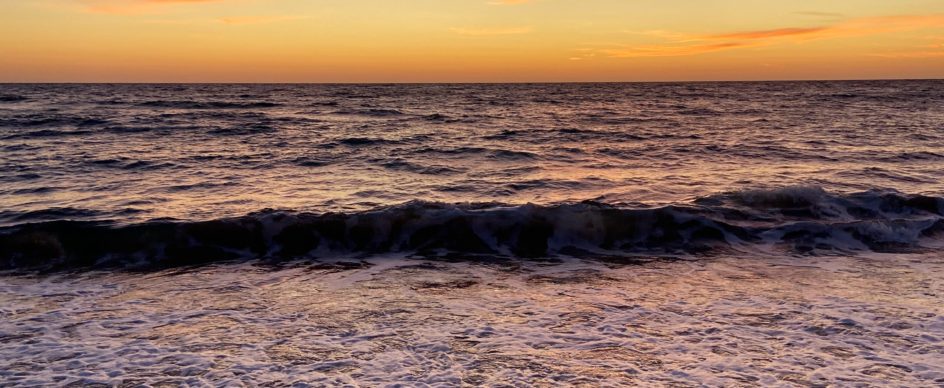
Your Guide To Jellyfish-Free Beaches In Malta
- Aug 8, 2020
...your go-to guide to jellyfish in Malta
Summertime usually coincides with jellyfish-time. These wondrous sea creatures with umbrella-shaped bells and tarrying tentacles are amazing to look at, however, watch out for the species that sting!
Malta’s warm waters in springtime and summertime provide the best conditions for jellyfish and their ilk to thrive. These two periods tend to coincide with the peak of the tourist season. If you’re planning to swim while you’re in Malta, it’s best to be prepared.
Therefore, here is your go-to guide to jellyfish in Malta.
Common Jellyfish in Malta
Jellyfish are gelatinous marine animals that roam Mediterranean waters. On the most part, they’re harmless. However, some species can be quite dangerous, not to mention them being a nuisance while you’re trying to get away from the scorching heat on a hot summer’s day.
The most common species in Malta are the mauve stinger (pelagia noctiluca) and the fried egg jellyfish (cotylorhiza tuberculata). The former usually roam close to the surface of the water, and while they aren’t lethal, their stings are quite uncomfortable to experience. On the other hand, the fried egg jellyfish has no tentacles and is considered as a low irritation, weak stinging species, so much so that they are listed as ‘non-stinging’.
Jellyfish tend to reproduce in warm waters. Therefore, it’s a no brainer that the largest number of jellyfish seem to appear when the weather starts getting hotter (from April onwards). Their numbers start decreasing when the water begins to cool down – roughly around September time).
Why You Can Still Enjoy Your Trip To The Beach
Thankfully, you can still visit Malta and enjoy several trips to the beach while you’re here, as beaches are jellyfish-free on the most part.
Jellyfish occurrence is determined by the direction of the tide and wind; therefore, it all depends on which beaches face the incoming tide on that particular day. Nevertheless, Malta has several west-facing, east-facing and south-facing beaches; therefore, you can rest assured that you’ll get to enjoy Malta’s famed waters while you’re here.
Jellyfish Guides Online
Thankfully, several websites have cropped up in recent years that list jellyfish-free beaches in Malta and Gozo. The “Jellyfish Safe Bays” webpage on Maltaweather.com is one of such webpages. Another page is whichbeach.com.mt. It’s updated daily, all year round, sparing us the trouble of having to go and check the conditions of different beaches before taking a dip.
What To Do If You Get Stung
Nothing ruins a perfect day in Malta like a jellyfish sting. However, you can easily avoid the worst of the jellyfish run-in if you take care of the sting immediately.
- Clear the pieces of tentacles embedded in your skin as fast as possible. Using salt water (not fresh water), rinse the affected area and remove any remnants of tentacle using the edge of credit card or using tweezers.
- Use vinegar or a concoction of baking soda and saltwater (again, not fresh water), to deactivate the venom.
- Apply a hot pack on the wound and take some pain killers if the pain gets too much to handle.
- Watch out for signs of an allergic reaction such as nausea, dizziness, and fever. If this happens, seek immediate medical attention.
Hundreds of beachgoers manage to enjoy their summer in Malta and Gozo without experiencing the jellyfish’s sting. Therefore, there’s no need to panic and chastise yourself from enjoying Malta’s azure slice of the Med. However, awareness is very much essential and knowing how to treat a jellyfish sting is a good practical skill to have in your toolkit.




